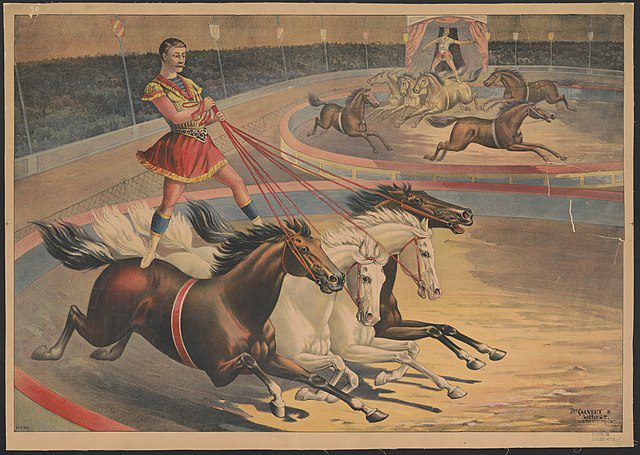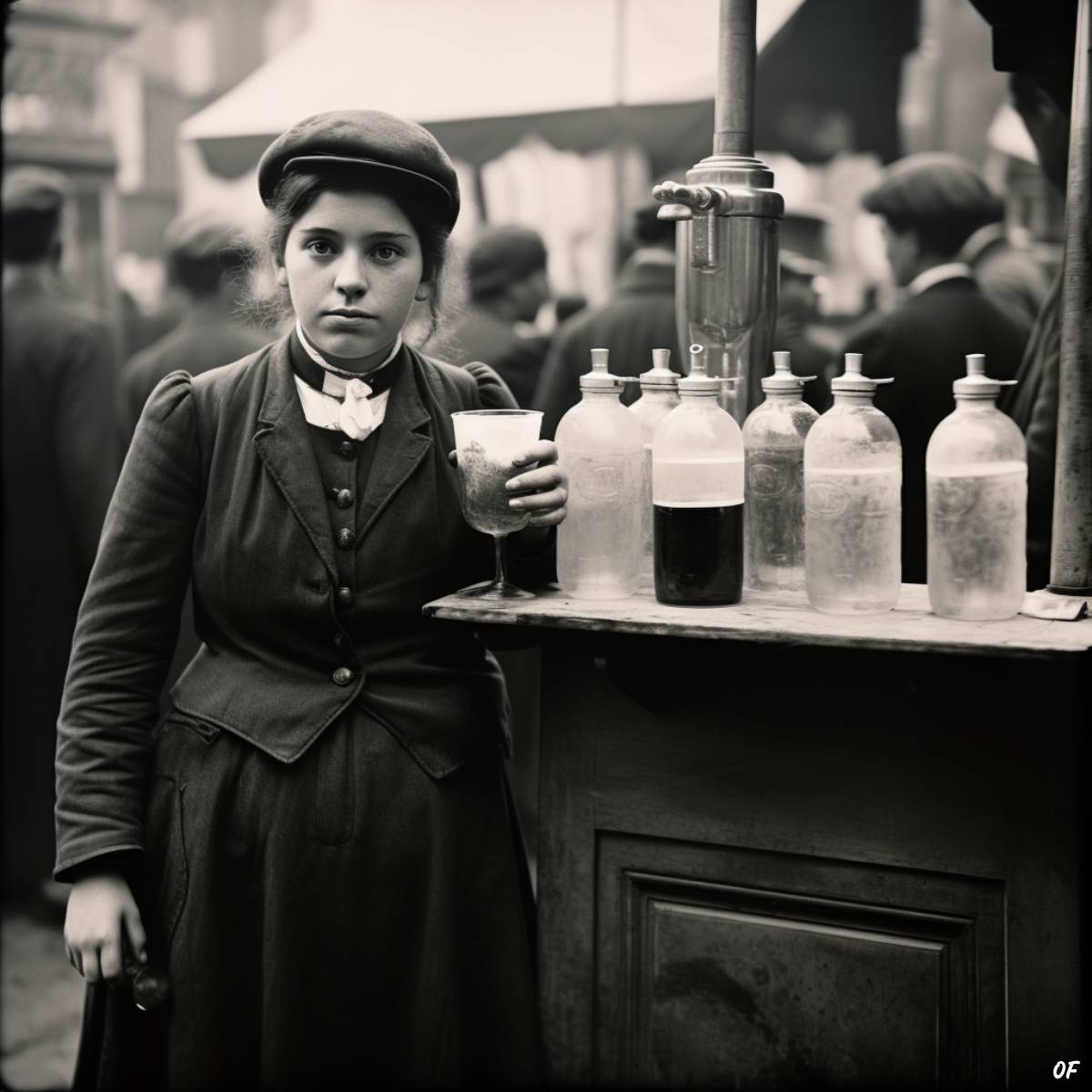As the sun beams down, casting playful shadows over a family picnic, a tall glass of pink lemonade might just be the perfect companion to your al fresco lunch. Pink lemonade, with its sweet yet tangy taste, has a delightful charm that can make any regular day feel like a special occasion. Despite its vibrant appeal, its origins are shrouded in mystery and tinged with a hint of the peculiar, much like other vibrantly colored confections we have come to know and love, such as blue raspberries and red velvet cake.
Unlike the more straightforward lemonade we’re accustomed to, pink lemonade isn’t actually the result of simply squeezing pink lemons, as its name might suggest. So, if it’s not simply derived from nature’s whimsical palate, how did this tinted beverage make its way into our picnic baskets and restaurant menus?
Historians suggest that evidence of this rose-tinted refreshment first surfaced sometime between the mid-1800s to late 1870s, although its roots may run far deeper, albeit in a different incarnation. An intriguing link can be traced to the traditional Cherokee drink known as qualla, an age-old concoction that shares striking resemblances to pink lemonade. By steeping bright red sumac berries in hot water, the Cherokees created a rose-colored elixir that was and continues to be used in sacred ceremonies. The sour flavor of sumac infused the drink with a tart punch, creating a refreshing experience reminiscent of what we now identify as lemonade.
However, not all hypotheses regarding the provenance of pink lemonade are quite as romantic or picturesque. There are those who suggest its origins are intertwined with a more unusual and somewhat less palatable history. One particularly vibrant theory directs the spotlight towards the realm of the unusual and fantastic—the world of the circus.
Pink lemonade’s circus beginnings
In his 2012 book How the Hot Dog Found Its Bun, Josh Chetwynd theorizes that pink lemonade resulted from a not-so-happy accident. One busy day at a circus in 1857, concession worker Pete Conklin ran out of water for lemonade. In a rush to make more, he grabbed the nearest vat of water he could find from a nearby dressing tent. As luck would have it, Fannie Jamieson, one of the show’s bareback riders, had just washed her pink tights in the bucket, turning the water — you guessed it — dark pink. In his panic, Pete mixed the soiled water into the lemonade. Ta-dah! Pink lemonade. He is reported to have sold double the amount of lemonade that night, and the rest is history.

In his 2012 culinary book How the Hot Dog Found Its Bun, author Josh Chetwynd unveils a theory that traces the birth of pink lemonade to a less-than-pleasant accident. The scene is set in 1857, at a bustling circus where Pete Conklin, a quick-thinking concession worker, had run out of water for his lemonade stand. With patrons lining up and the pressure mounting, Conklin resorted to improvisation. He spotted a nearby bucket of water from a dressing tent and used it to make more lemonade. Unbeknownst to him, Fannie Jamieson, a talented bareback rider in the show, had just finished washing her pink tights in that very bucket. The water, now carrying a distinctly pink tint from the fabric dye, was hastily mixed into the lemonade. And just like that, as if by some bizarre sleight of hand, pink lemonade was born. Surprisingly, this unconventional creation was a hit. Conklin reportedly sold double his usual lemonade that evening, etching a place in the annals of culinary history.
In another captivating tale, also rooted in the vibrant world of the circus, we meet Henry E. Allott, a famed circus promoter. Allot, known for his grandeur and creativity, was one day busy crafting a large tub of traditional lemonade. However, an accidental slip led to a handful of red cinnamon candies toppling into the tub. Rather than spoiling the drink, the candies dyed the lemonade a delightful pink hue. Far from discouraging buyers, the pink lemonade sold like hotcakes, prompting Allott to replicate the recipe. While cinnamon-infused lemonade might not be everyone’s cup of tea, it certainly trumps the prospect of ‘dirty tights flavored’ lemonade!
These serendipitous stories suggest that the origins of pink lemonade may have been a fortuitous accident, akin to the unexpected discoveries of chocolate chip cookies, cornflakes, and even the life-saving antibiotic, penicillin. It appears the culinary world owes much to the whims of chance and a sprinkle of ingenuity.
Is pink lemonade simply a clever marketing ploy?
Indeed, an alternative theory suggests that the invention of pink lemonade may not be shrouded in as much mystery as the aforementioned stories suggest. As engrossing as the tales of circus misadventures are, one cannot overlook the pragmatic possibility that pink lemonade’s inception was a calculated marketing strategy, designed to boost lemonade sales. Could it be that by simply adding a dash of pink to the traditionally yellow beverage, manufacturers found a way to charm consumers into buying more of what is, in essence, the same old lemonade?
The question then arises: barring the presence of red fruit or berries, which might impart their flavor, does the mere color alteration of lemonade add any substantial value? While the answer is nuanced, it seems that there might be something to this ‘pink’ phenomenon. Even without any additional flavoring distinguishing pink lemonade from its classic counterpart, its rosy hue might trick our brains into perceiving the drink as sweeter. According to a 2015 study, human beings tend to associate sweetness with the colors red and pink, while green and yellow often denote sourness. Whether a savvy marketing strategy or an unexpected quirk of human perception, it seems that a drink of any other color might not taste as sweet in our minds.
The truth about how pink lemonade acquired its delightful rosy blush remains lost in the meandering corridors of history. As we delve into these riveting origin stories, we must remain content, knowing that, regardless of its beginnings, today’s pink lemonade is far removed from any soiled laundry water. So, let’s keep our rose-tinted glasses firmly perched on our noses and continue to savor this uniquely hued beverage, one sweet sip at a time.


